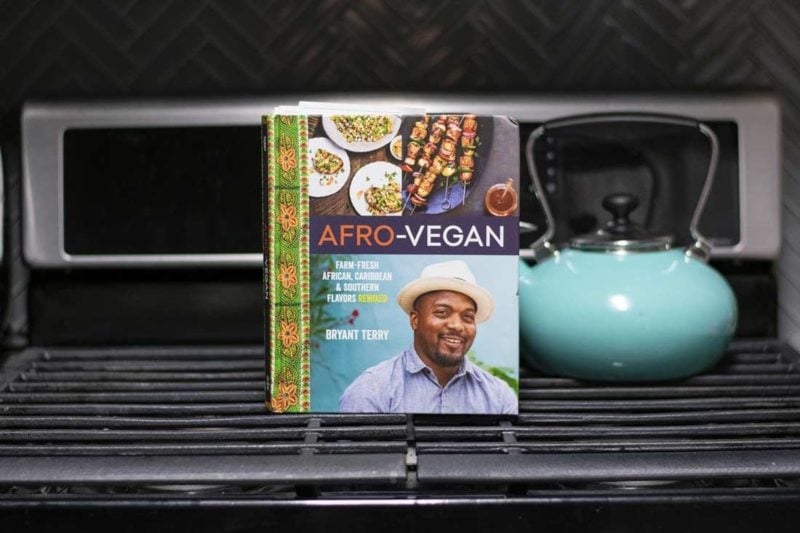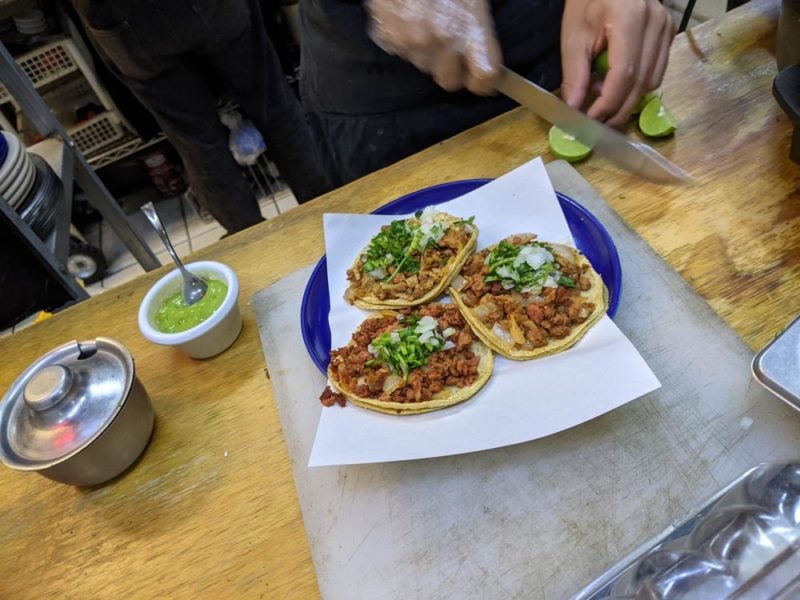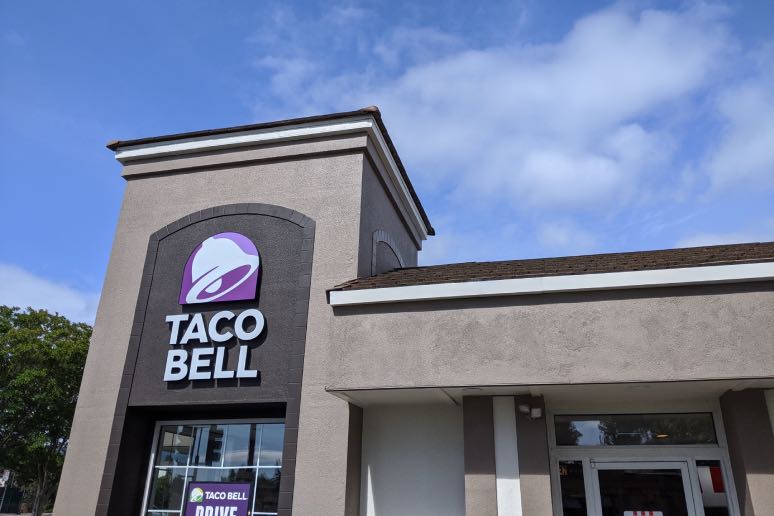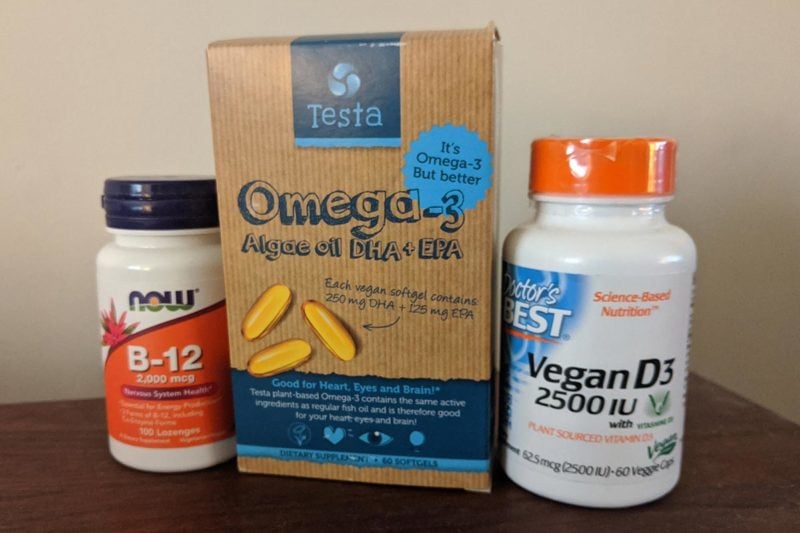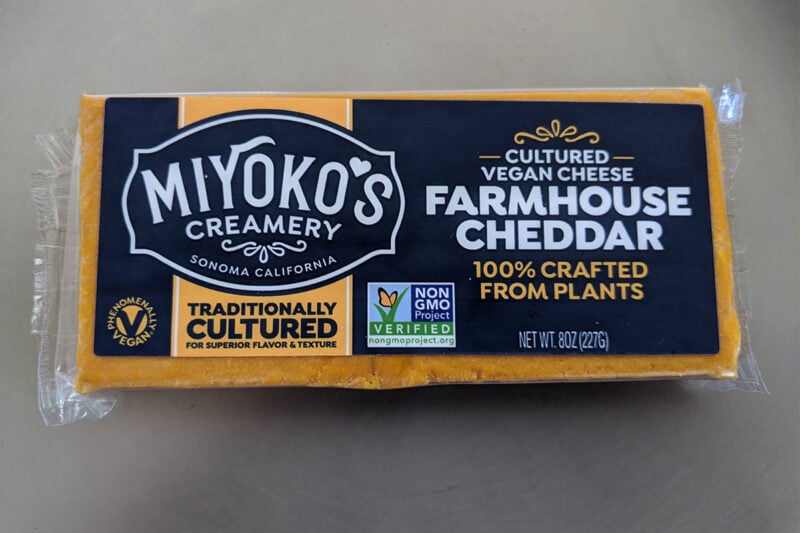One remarkable outcome of being either a vegan or a chegan is that you’re guaranteed to keep a great many animals out of factory farms and slaughterhouses.
But if a vegan diet is the only step you take to protect animals, there are limits to what you can accomplish. Even devout omnivores can’t eat more than 4000 animals in a lifetime, and that only applies to people who eat a lot of chicken and fish (which, as small animals, demand vastly more slaughter to provide a given amount of meat.)
While keeping 4000 animals from slaughter matters immensely to the animals in question, one person’s food choices can’t begin to move the needle where global animal agribusiness is concerned. That’s because the worldwide meat industry exploits animals not by the thousand or even the million, but by the billion. Worldwide, more than 70 billion chickens, pigs, and cows go to slaughter each year. The overwhelming majority of these animals endure horrific factory farm confinement systems. In the larger scheme of things, 70 billion minus the 4000 animals you won’t personally eat is still 70 billion.
Massively effective animal advocates are therefore the animals’ only hope of putting an end to the meat industry. Unfortunately, only a tiny percentage of vegans make a serious commitment to animal rights activism. With that in mind, an animal advocate’s most valuable asset is ambition. There are so few activists doing this work that every person who gets involved needs to think in the biggest possible terms.
What Can One Person Accomplish?
Let’s begin by asking: how many animals can one activist save in a lifetime? Believe it or not, it’s absolutely possible for one person to save a million animals through regular part-time work. I’ve come up with a name to describe anyone who impacts this many animals: an animal millionaire. I hope it will inspire you to think about your own impact in the largest possible terms. Every animal advocate ought to find ways to scale up their ambitions, in order to protect as many animals as possible.
Using Social Media for Animals
One of the best ways to deliver big results is to leverage your social media presence. The one word of caution here is that, on some social media platforms, it’s easy to come off as monomaniacal if you do nothing but relentlessly post about animal issues.
Effective social media advocacy always begins by understanding the culture of whatever platform you’re using. On Facebook, the expectation is that most posts will be lighthearted stuff related to fun moments with friends and family. Post too frequently about factory farm atrocities, and you’ll get blocked by precisely the people you most want to reach.
So keep things on Facebook light, and respect the admittedly shallow cultural expectations. Devote the majority of your posts to non-animal issues, and then maybe once a week or once a month pop off a vegan-oriented post. And don’t forget that a photo of a killer vegan burrito will likely receive more likes and attention than this week’s horrific undercover slaughterhouse video.
By using social media with this sort of focus and restraint you’ll be leveraging your presence to the fullest. In turn, you can expose dozens or even hundreds of receptive people to animal-friendly messages.
Let’s now take a look at some other ways to step up your game.
Go Local
One key to saving as many animals as possible is to identify under-served niches. At this point, all the low-hanging general interest vegan fruit has been picked. There are hundreds of vegan cookbooks, thousands of vegan social media accounts, and countless animal protection nonprofits. Making a substantial impact in these areas is tough, since there’s overwhelming competition for a limited audience.
By contrast there’s an almost limitless array of important activist opportunities available on the local level. And, ironically, the less vegan-friendly your location is, the greater your potential to have an impact. Starting a vegan food truck in Portland Oregon won’t measurably impact the city, given that seemingly every other restaurant in Portland already offers a mostly vegan menu. But bring a vegan food truck to Mobile, Alabama or Lincoln, Nebraska and these cities’ vegan scenes would transform overnight.
Keep Building Your Skills and Community
Opportunities for local vegan activism abound. Some people set up a small local business, like a cookie or sandwich company. Others routinely ask existing restaurants for more vegan menu items. Even writing vegan restaurant reviews for Google Maps and Happy Cow will help build the local vegan scene. Another easy area of focus is to urge city governments and local school districts to embrace Meatless Mondays.
If you don’t know where to begin, start by dabbling in something—anything—on the fringes of the movement. Do what it takes to meet more activists. You’ll feel less isolated as you build community, plus you’ll gain opportunities for coordinated efforts. One great way to meet fellow activists is to attend a big regional vegan festival or an animal rights conference.
If there’s already a local vegan meetup in your area, make sure to attend. And if there isn’t, start one!
These are just some basic ideas for local activism. See Hillary Rettig’s guide to local vegan activism for a deep exploration of the topic.
Advanced Activism
Some forms of animal advocacy require substantial training and experience, and the ability to map your own course.
Ideally you want to find something you’re especially good at that can further the cause of animal protection. Alternately, nothing helps animals more than giant piles of money donated to the right organizations. One of the most powerful forms of activism is therefore choosing a lucrative career and donating generously to highly effective nonprofits.
Regardless of whether your contribution involves time or money, it’s imperative to read a few well-chosen books on animal advocacy. Through this reading you’ll gain insights into the activist opportunities that deliver the greatest results.
My Animal Rights Activism Guide is an excellent starting point for newcomers. It quickly introduces the key principles of effective animal advocacy. Ben Davidow’s short eBook Uncaged is a perfect short title for beginners. The book contains thirty brief essays from the animal protection movements’ most prominent activists.
Nick Cooney’s books are geared to experienced activists who seek a rigorous analysis of the literature devoted to social change. If you’re ready to dive into Cooney’s writing, his first book on activism, Change of Heart, makes a good starting-point.
No matter how you pursue activism, be patient with yourself. Just as a little daily practice will gradually improve your tennis or guitar skills, your animal advocacy abilities will likewise grow over time. As you gain experience, you’re likely to identify an opportunity to make a substantial difference for animals. Keep trying to increase your impact and you’ll soon discover that saving a million animals is well within your grasp, and a reasonable lifetime goal.






